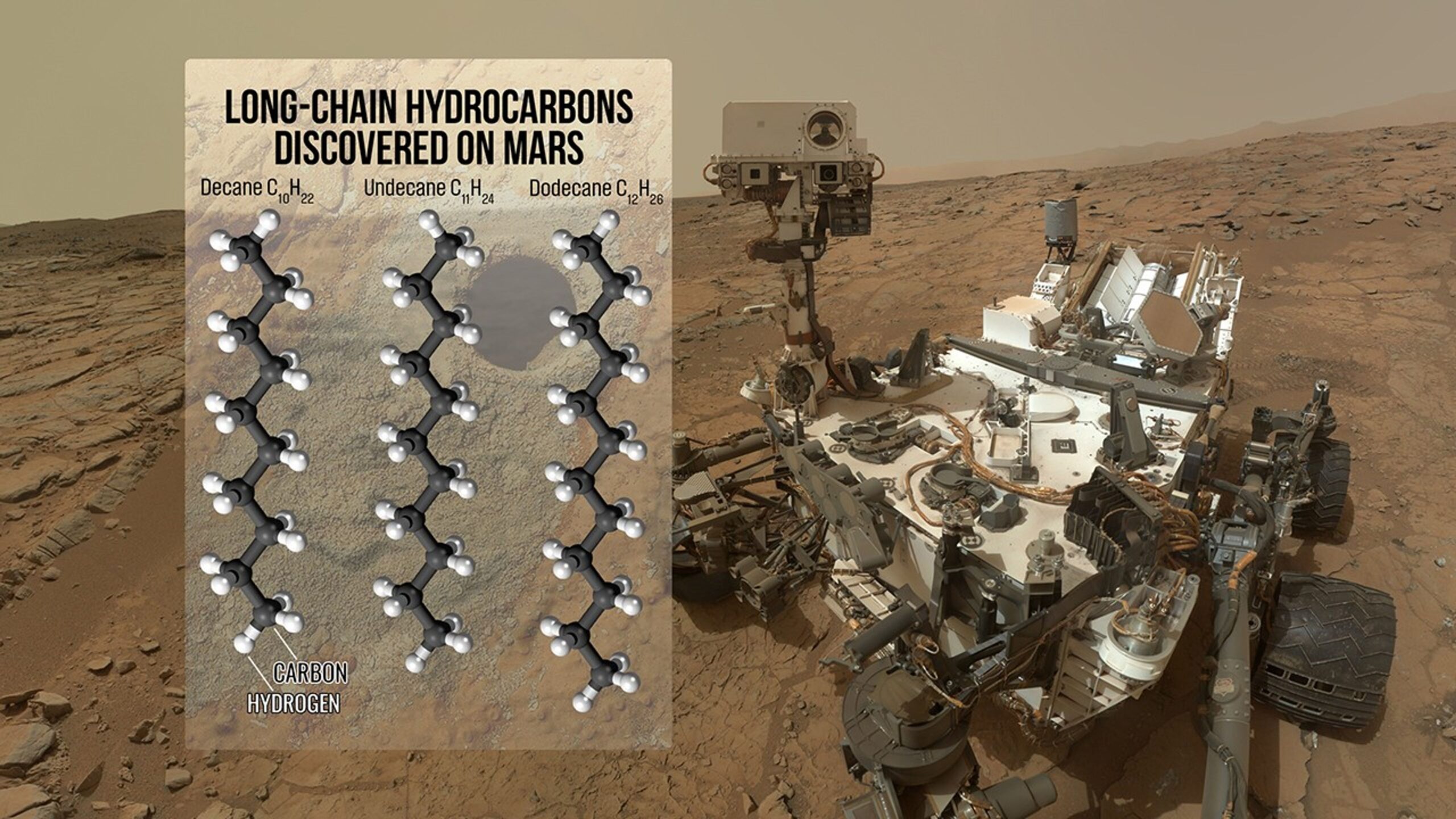2 min read Preparations for Next Moonwalk Simulations Underway (and Underwater) Have we ever been to Uranus? The answer is simple, yes, but only once. The Voyager II spacecraft flew by the planet Uranus back in 1986, during a golden era when the Voyager spacecraft explored all four giant planets of our solar system. It revealed an extreme world, a planet that had been bowled over onto its side by some extreme cataclysm early in the formation of the solar system. That means that its seasons and its magnetic field…
Read MoreTag: Planets
Hubble Helps Determine Uranus’ Rotation Rate with Unprecedented Precision
Explore Hubble Hubble Home Overview About Hubble The History of Hubble Hubble Timeline Why Have a Telescope in Space? Hubble by the Numbers At the Museum FAQs Impact & Benefits Hubble’s Impact & Benefits Science Impacts Cultural Impact Technology Benefits Impact on Human Spaceflight Astro Community Impacts Science Hubble Science Science Themes Science Highlights Science Behind Discoveries Hubble’s Partners in Science Universe Uncovered Explore the Night Sky Observatory Hubble Observatory Hubble Design Mission Operations Missions to Hubble Hubble vs Webb Team Hubble Team Career Aspirations Hubble Astronauts News Hubble News…
Read MoreNASA’s Curiosity Rover Detects Largest Organic Molecules Found on Mars
Researchers analyzing pulverized rock onboard NASA’s Curiosity rover have found the largest organic compounds on the Red Planet to date. The finding, published Monday in the Proceedings of the National Academy of Sciences, suggests prebiotic chemistry may have advanced further on Mars than previously observed. Scientists probed an existing rock sample inside Curiosity’s Sample Analysis at Mars (SAM) mini-lab and found the molecules decane, undecane, and dodecane. These compounds, which are made up of 10, 11, and 12 carbons, respectively, are thought to be the fragments of fatty acids that…
Read MoreNASA’s Curiosity Rover Captures a Martian Day, From Dawn to Dusk
4 min read Preparations for Next Moonwalk Simulations Underway (and Underwater) While stationary for two weeks during Mars solar conjunction in November 2023, NASA’s Curiosity rover used its front and rear black-and-white Hazcams to capture 12 hours of a Martian day. The rover’s shadow is visible on the surface in these images taken by the front Hazcam. Videos from the rover show its shadow moving across the Martian surface during a 12-hour sequence while Curiosity remained parked. When NASA’s Curiosity Mars rover isn’t on the move, it works pretty well…
Read MoreRinging in the Holidays
NASA, ESA, CSA, STScI The ice giant Uranus and its rings steal the show in this Dec. 18, 2023, image from the James Webb Space Telescope. The telescope captured new images of Uranus, revealing detailed features of the planet’s rings and seasonal north polar cap, as well as bright storms near and below the southern border of the cap. This Webb image also shows 14 of the planet’s 27 moons: Oberon, Titania, Umbriel, Juliet, Perdita, Rosalind, Puck, Belinda, Desdemona, Cressida, Ariel, Miranda, Bianca, and Portia. Webb’s extreme sensitivity also picks…
Read MoreA Miniature Mariner-C
NASA A model of the Mariner-C spacecraft seems to float in the darkness of space in this photo from a June 1964 Conference on New Technology at NASA’s Glenn Research Center in Cleveland. Mariner-C and Mariner-D were identical spacecraft designed by NASA’s Jet Propulsion Laboratory to fly by Mars and photograph the Martian surface. Mariner-C was launched on Nov. 4, 1964, but the mission ended unsuccessfully two days later. Mariner-D, or Mariner 4, launched on Nov. 28, 1964, and became the first successful mission to Mars, as well as the…
Read MoreHubble Provides Unique Ultraviolet View of Jupiter
NASA’s Hubble Space Telescope reveals an ultraviolet view of Jupiter. NASA, ESA, and M. Wong (University of California – Berkeley); Processing: Gladys Kober (NASA/Catholic University of America) This newly released image from the NASA Hubble Space Telescope shows the planet Jupiter in a color composite of ultraviolet wavelengths. Released in honor of Jupiter reaching opposition, which occurs when the planet and the Sun are in opposite sides of the sky, this view of the gas giant planet includes the iconic, massive storm called the “Great Red Spot.” Though the storm appears red…
Read MoreSee a Rare Transit of Iapetus on July 17–18
It’s tiny. It’s challenging. But you won’t get the chance to see Iapetus transit the globe of Saturn again until 2037! The post See a Rare Transit of Iapetus on July 17–18 appeared first on Sky & Telescope.
Read MoreTitan Occults a Bright Star, Mira Awakens, and Comet PanSTARRS Shines
Pick one or see them all. July offers a potpourri of celestial events for both naked-eye observers and telescope users that include a rare occultation by Saturn’s moon Titan, a bright comet, and Mira at maximum. The post Titan Occults a Bright Star, Mira Awakens, and Comet PanSTARRS Shines appeared first on Sky & Telescope.
Read MoreSolar System Gets its Ducks in a Row
We’ll have not one but many opportunities to enjoy a rare lineup of the bright planets over the next few weeks. Amazingly, they’ll be aligned in order of their distance from the Sun. The post Solar System Gets its Ducks in a Row appeared first on Sky & Telescope.
Read More


